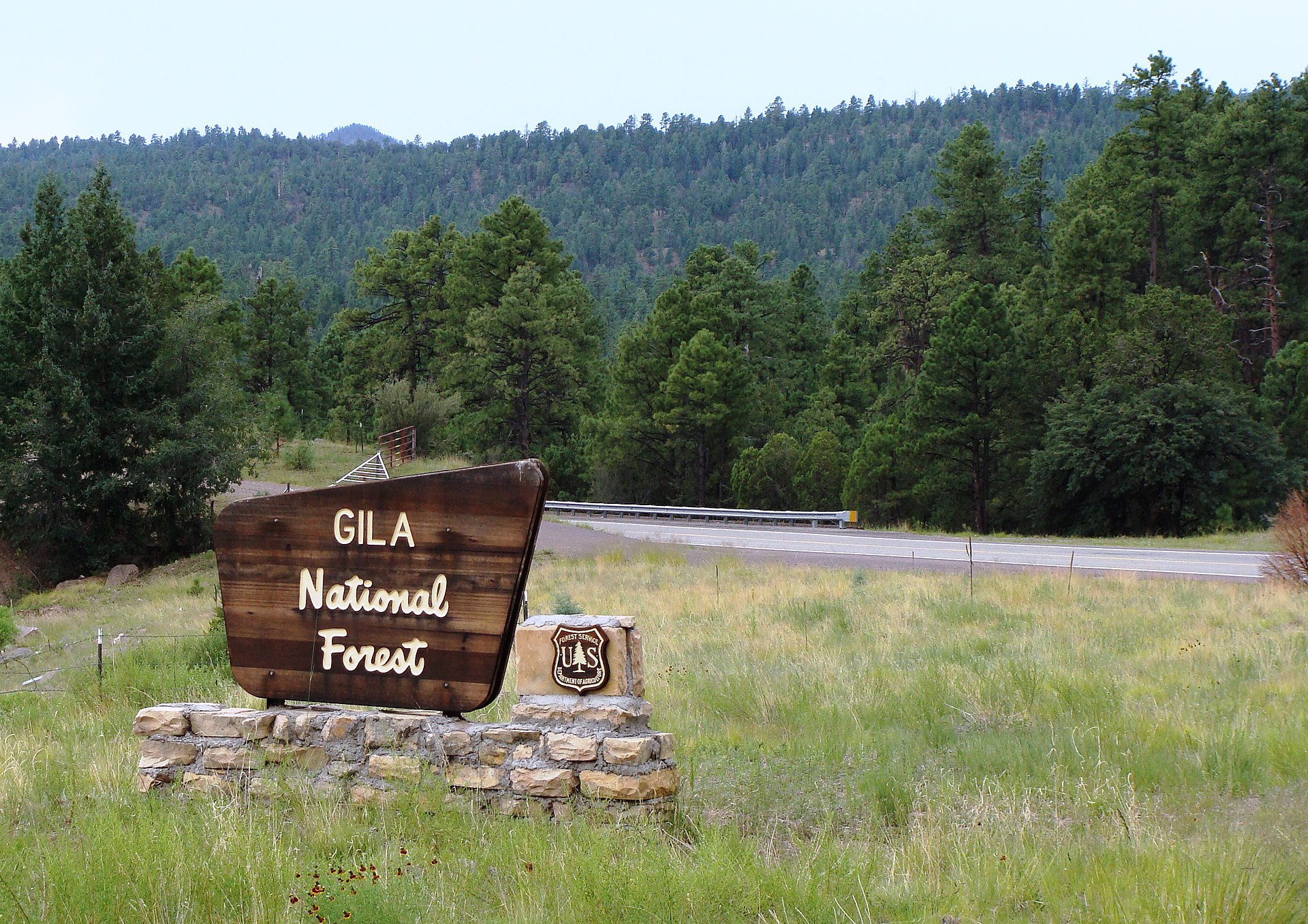 |
| A week-old Mexican wolf pup after arriving in Albuquerque, New Mexico |
The U.S Fish and Wildlife Service recently stated that it is hopeful that a technique known as cross-fostering will help in the recovery of Mexican wolves, which currently number over 100 animals in the U.S. The main goal of cross-fostering is to increase the wolf population's inadequate genetic diversity, due to the whole current population being descended from only seven wolves pulled from the wild. However, cross-fostering is also very difficult and requires careful coordination by several wolf recovery facilities in Mexico and the U.S. The process begins when the wolves breed in February and March. The 50 or so facilities in both the countries would notify the Fish and Wildlife Service of possible future pups after observing breeding pairs. Once the females give birth to litters after 63 days, things have to move fast. The captive pups and their wild counterparts should be under 14 days old and the captive ones cannot be separated from their mothers until they are at least five days old. In addition, wild wolves a little hard to monitor in order to know when a litter has been born than their captive counterparts. The recovery team would track a female wolf's movement using radio collars placed on many adult wolves, in order to look for signs that she may be making a den. Once it has been confirmed that the female wolf has been in the same spot for a few days, the team would presume that she has had a litter. The captive pups would be matched with possible wolf dens in the wild.
 |
| Gila National Forest |
A recent case of cross-fostering occurred on May 7 with the birth of four wolf pups from a litter of eight at the Endangered Wolf Center in Eureka, Missouri. The pups were selected to be placed in two dens in Gila National Forest in New Mexico. After arriving at Gila National Forest, two of the four pups were transported to a den in the Iron Creek area while the other half were taken to a den in the Lava area. It is said that this will possibly be the last cross-fostering of the year and the Fish and Wildlife Service is confident that the method will be at least as useful as releasing adult wolves into the wild. According to the agency's assistant Mexican wolf recovery coordinator Maggie Dwire, releases of pups and adult wolves from captivity have a 28 percent success rate. She further added that if cross-fostering works as well as releasing, then it would be favored. Since 2014, twelve wolf pups were cross-fostered into wild litters out of which four were recorded to have survived, with three of them having produced pups in the wild.
 |
| A pair of Mexican wolves at the Endangered Wolf Center |
Although I have nothing against cross-fostering, I really think this technique should be taken carefully and closely monitored when helping save Mexican wolves. One thing I would suggest is to closely monitor captive wolf pups that have been placed in a wild litter and check for any issues such as whether the pups are being deprived of their surrogate mother's milk. Same suggestion applies to wild wolf pups when they are placed in foster care of their captive surrogate mother. This would help in understanding whether cross-fostering can help in the conservation of Mexican wolves. In addition, I also believe that the Fish and Wildlife Service should stay in contact with conservation groups like the Center for Biological Diversity who can point out any potential flaws in the agency's Mexican wolf recovery plan and how to improvise it. Even though the Fish and Wildlife Service stated it is confident that cross-fostering will help in saving the wolves, it should not be considered as the only method in the recovery of the wolves. Saving Mexican wolves and other endangered species requires several techniques other than cross-fostering, such as captive-breeding, releasing individuals into the wild from captivity, and conducting awareness workshops addressed to the public on the importance of conserving the wolves and why it is crucial. I believe that using a combination of various conservation techniques, including cross-fostering, could help in the conservation of Mexican wolves and further increase their populations in the wild.
View article here
No comments:
Post a Comment